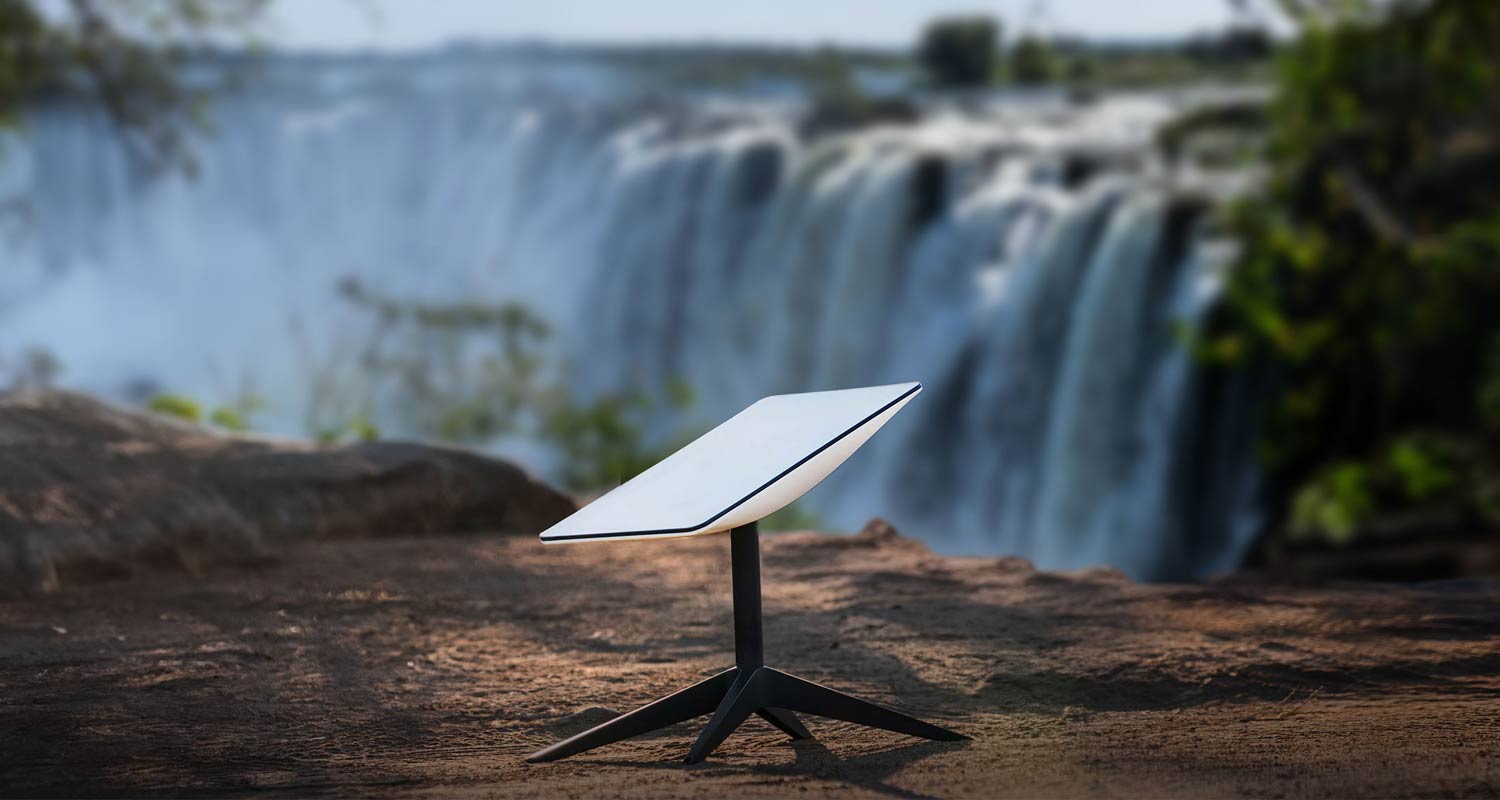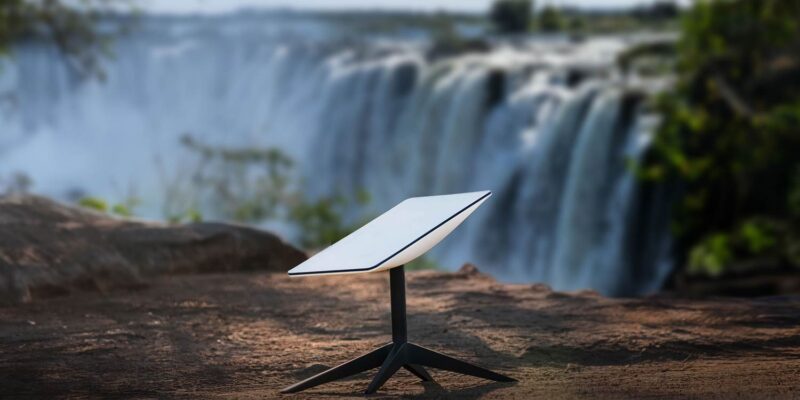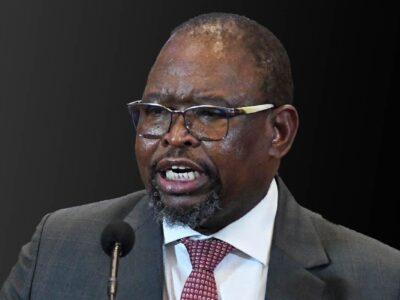
 A Starlink terminal at Victoria Falls in Zambia. Image: Paratus Zambia
A Starlink terminal at Victoria Falls in Zambia. Image: Paratus Zambia
Starlink only recently launched in markets such as Zambia and Zimbabwe. Yet in the bigger cities in these countries – and many others in Africa – the service is already oversubscribed.
The lack of robust and affordable fixed-line broadband in Africa is leading to high demand for Starlink internet access, with people in cities such as Harare, Lusaka, Nairobi, Accra, Port Harcourt, Abuja and Lagos unable to sign up due to the service being “sold out”, according to Starlink’s online map.
This is disappointing news for internet users in those cities who thought the SpaceX subsidiary would finally give them access to reliable, high-speed broadband.
The solution is to distribute and use the technology for the user segment it is designed for
In developed markets like the US and Europe, Starlink often serves as a backup solution rather than a primary means of accessing the internet. It’s used in more remote regions where terrestrial coverage is limited.
However, in Africa mobile coverage is often unreliable – and fibre is poorly developed, especially outside the main urban centres. This has meant that Starlink has quickly become a primary means of access for users in African cities such as Harare, Lusaka and Nairobi.
“The network capacity of Starlink, like any other low-Earth-orbit (LEO) satellite network or even mobile network, is limited by the available network capacity and the network architecture,” said Dawie de Wet, CEO of satellite specialist Q-KON and its Southern African satellite broadband service, Twoobii. “In areas where the demand of users per area is higher than the designed network capacity, the network will become congested [unless access by new users is restricted until more capacity is added].”
Ground stations
LEO satellites orbit Earth in a variety of “patterns”. Taken together as a global mesh, they ensure access is distributed across the planet. The classic view of an atom with electrons taking different paths around the nucleus is an effective visual analogy of how it works.
As satellites move over dense urban areas, they must serve a significantly larger number of connections while using the same amount of available bandwidth, meaning each connection could experience degraded speeds unless measures are taken to prevent this, such as adding more satellites or restricting new sign-ups.
Read: SpaceX formally withdraws from Icasa satellite hearings
De Wet said another factor affecting the capacity of satellite systems like Starlink is the number (and capability) of ground stations in a given region. Ground stations connect satellites to the internet backbone. When a user requests a webpage from their device, the request is sent to a satellite and relayed to a ground station. Once the data is received at the ground station, it is sent back to the satellite and relayed to the user.
Even if the satellites and ground stations have sufficient capacity to meet demand, the quality of a country’s internet infrastructure can also have an impact on throughput.
 Q-KON CEO Dawie de Wet
Q-KON CEO Dawie de Wet
“LEO networks are only the access portion from the user to the core network. The more landing stations a LEO network supports per country – with multiple fibre backhaul links to multiple data centres – the more capacity will be available to service the market,” De Wet explained.
South Africa has a rich terrestrial fibre backbone that connects to high-speed undersea cables at multiple points along the country’s 3 000km coastline. Zimbabwe and Zambia, by contrast, are landlocked with fewer fibre cables of smaller capacity connecting to the rest of the internet.
South Africa also has a higher density of data centres and internet exchange points than many other African nations, allowing content providers to cache data to reduce latency and interconnect with other network and service providers.
South Africa has a rich terrestrial fibre backbone that connects to high-speed undersea cables
The availably of alternative access network solutions, including fibre, fixed-wireless and mobile, could shield South Africa’s urban centres from the congestion issues Starlink has faced elsewhere in Africa. However, De Wet warned that consumers should have a clear understanding of the use case of LEO satellite networks: a primary access medium for rural and outlying areas where other options do not exist and as a backup everywhere else.
“Step one is to appreciate that all technologies have different value propositions and that Starlink, and other LEO networks – some already operating in South Africa like OneWeb, and others still coming – are not focused on competing with the fibre networks. The solution is to distribute and use the technology for the user segment it is designed for,” he said. – © 2025 NewsCentral Media
Get breaking news from TechCentral on WhatsApp. Sign up here.
Don’t miss:











Comments